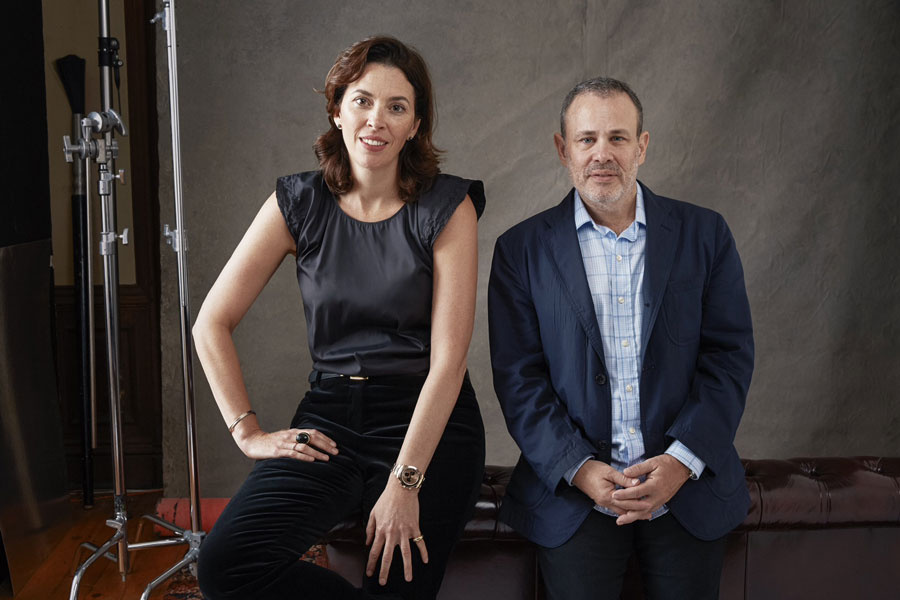Why Sotheby’s Just Bought an Art Advisory for $85 Million
Sotheby’s announced on Monday that it has acquired art advisory firm Art Agency, Partners (AAP). Though bold in the roadmap for the oldest company currently traded on the New York Stock Exchange and unprecedented for the art market, the move is not entirely surprising. Here’s why.

The Deal
Sotheby’s will pay up to $85 million for the nearly two-year-old Art Agency, Partners. $50 million of that sum is an upfront cash payment, while the remaining $35 million is variable based on a series of undisclosed performance benchmarks for the next five years. The announcement comes on the heels of a series of buyouts of 80 employees (5% of its workforce) at an estimated cost of $40 million in Q4 of 2015 and a steep decline in the performance of Sotheby’s shares, which have dropped approximately 50% in value since last March.
Tad Smith, president and CEO of Sotheby’s, reportedly pursued the acquisition, which creates a new fine art division of Sotheby’s over which AAP founding partners Amy Cappellazzo and Allan Schwartzman will preside as co-chairmen. AAP’s third partner, Adam Chinn, who comes from a background in finance and law, has been named Worldwide Head of Transaction Support for Sotheby’s, replacing Mitchell Zuckerman, who retired as part of the buyouts. All three report directly to Smith and will work from Sotheby’s headquarters on the Upper East Side. AAP’s remaining staff of 12 (and its entire advisory services business) will also be folded into Sotheby’s but will, for the most part, continue working from their current Flatiron office for the time being.
The Players
While all three of Art Agency, Partners’s principals bring unique skillsets to Sotheby’s, Cappellazzo is likely the biggest coup for the auction house. She spent 13 years at Christie’s prior to founding AAP. Her ascent to becoming international chairman of post-war and contemporary art there fell in step with—and in no small part helped direct—the swift upswing of the art market since the turn of the century, particularly as buyers from Asia, South America, and Eastern Europe more frequently entered the ring.
With AAP, Cappellazzo, Schwartzman, and Chinn assembled one of the most enviable client lists in the art world. The effort was no doubt in large part thanks to Schwartzman’s keen curatorial eye; he was a founding staff member of New York’s New Museum and responsible for the legendary Brazilian art park of Bernardo Paz, Inhotim, where he serves as creative director. Paz remains among the firm’s clients. And Schwartzman’s client acquisition acumen will certainly be prized in his new role at Sotheby’s. (It’s worth noting that one existing client, Howard Rachofsky, told The Wall Street Journal that he is still evaluating the long-term implications for the firm under its new ownership. AAP had, after all, represented clients buying major lots from Christie’s as well as Sotheby’s.)
Chinn’s investment banking and law background may seem the most outlandish of the three to the layperson. However, the eight- and nine-figure transactions that currently mark the top end of the auction market require complex financial arrangements, which AAP has found a niche in providing—and Sotheby’s has a fervent interest in expanding as part of its offer.
The Upshot
Ultimately, Sotheby’s move to acquire Art Agency, Partners is groundbreaking in its firm indication of the business’s future: that of a client-first provider of art services rather than as an auction house in our traditional understanding of the term. This transition has been at the forefront of Smith’s agenda since taking the reigns from former CEO William Ruprecht following a hostile takeover by billionaire activist investor Dan Loeb.
Smith began to roll out that vision in earnest in December, when it was announced that he had poached 25-year Christie’s veteran Marc Porter to join Sotheby’s with the mission of boosting the house’s private sales division, the results of which have reportedly lagged significantly in recent months. (He will start work in 2017 after waiting out a non-compete.)
Cappellazzo and Schwartzman, meanwhile, are additionally set to create advisory-styled client services for the auction house. Those services, according to a statement from Smith, run the gamut “from art consulting and private purchases and sales to art-related estate planning, museum development, and art investment” and represent “important strategic growth areas for Sotheby’s.” From a revenue perspective, such an expansion opens up new avenues for recurring client revenue (from the retainers typically charged by advisories) as well as commissions from sales. And, ultimately, creating a vertically integrated art buying, selling, and financing experience for collectors could prove competitive where profitability is concerned against the favorable business terms and guarantees of Sotheby’s privately-held rivals (read: Christie’s).
Perhaps unsurprisingly, Cappellazzo is bullish about their prospects. “Ours is an industry poised for change,” she said in a statement, “and the conditions are perfect for a preeminent auction house to transform itself into a premier, client-centric art business.” (Cappellazzo later told Bloomberg that she had long advocated for a shift from “being an auction business [to]...being an art business” during her time at Christie’s.)
Given AAP’s focus on 20th- and 21st-century art, the deal puts further emphasis on the need for Sotheby’s to bolster its position in those sectors—the most profitable of the art market—after the loss of its former rainmaker, Tobias Meyer, who left the house in November 2013, as well as more recent departures this fall, including its CFO, Patrick McClymont, which may have contributed to shaken investor confidence.
On Monday, investors responded favorably to the announcement. Sotheby’s (BID) closed at $23.23, up 7.20%, marking the largest jump for the stock in a single trading session since February 3rd, 2012, when share price increased 7.83%.
—Alexander Forbes

No comments:
Post a Comment